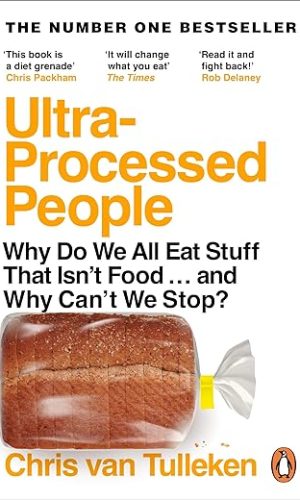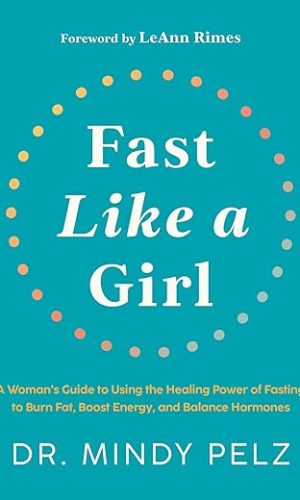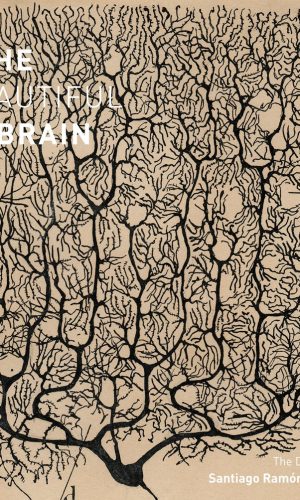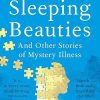The Sleeping Beauties: And Other Stories of Mystery Illness
£5.70
Shortlisted for the Royal Society Science Book Prize 2021
‘To compare any book to a Sacks is unfair, but this one lives up to it . . . I finished it feeling thrillingly unsettled, and wishing there was more.’ – James McConnachie, Sunday Times
In Sweden, refugee children fall asleep for months and years at a time. In upstate New York, high school students develop contagious seizures. In the US Embassy in Cuba, employees complain of headaches and memory loss after hearing strange noises in the night.
These disparate cases are some of the most remarkable diagnostic mysteries of the twenty-first century, as both doctors and scientists have struggled to explain them within the boundaries of medical science and – more crucially – to treat them. What unites them is that they are all examples of a particular type of psychosomatic illness: medical disorders that are influenced as much by the idiosyncratic aspects of individual cultures as they are by human biology.
Inspired by a poignant encounter with the sleeping refugee children of Sweden, Wellcome Prize-winning neurologist Suzanne O’Sullivan travels the world to visit other communities who have also been subject to outbreaks of so-called ‘mystery’ illnesses.
From a derelict post-Soviet mining town in Kazakhstan, to the Mosquito Coast of Nicaragua via an oil town in Texas, to the heart of the Maria Mountains in Colombia, O’Sullivan hears remarkable stories from a fascinating array of people, and attempts to unravel their complex meaning while asking the question: who gets to define what is and what isn’t an illness?
Reminiscent of the work of Oliver Sacks, Stephen Grosz and Henry Marsh, The Sleeping Beauties is a moving and unforgettable scientific investigation with a very human face.
‘A study of diseases that we sometimes say are ‘all in the mind’, and an explanation of how unfair that characterisation is.’ – Tom Whipple, The Times Books of the Year
Read more
Additional information
| Publisher | Picador (1 April 2021) |
|---|---|
| Language | English |
| File size | 1991 KB |
| Text-to-Speech | Enabled |
| Screen Reader | Supported |
| Enhanced typesetting | Enabled |
| X-Ray | Enabled |
| Word Wise | Enabled |
| Sticky notes | On Kindle Scribe |
| Print length | 337 pages |










by QED
I only got to page 2 and the author appeared to be significantly over-egging the pudding by claiming that up to a third of neurology clinic referrals are likely to be for psychosomatic symptoms/complaints. Yes, the Scottish Neurological Symptoms Study found that around a third of referrals to neurology were for wholly or partially unexplained symptoms, but it would be a huge leap, and in my opinion an extremely arrogant one, to conclude that these must therefore be psychosomatic in nature. That would be to assume that bioscience knows all there is to know and that doctors do too, and that they always get things right. No creditable scientist would assume that anything unexplained by biomedicine must therefore be of the mind/psyche. Rather they would imagine that there is a vast expanse of biological unknowns waiting to be explored and discovered. And the author, a consultant neurologist, should know that, for at least the last 5 years, it’s been stressed that ‘functional neurological disorders’ (or ‘FND’ – see pages 4 and 5) should be positively identified from symptoms and should NOT be diagnosed on the basis of doctors being unable to find a satisfactory explanation for those symptoms. If she’s been keeping up with this field of neurology then she should also know that the prevalence of true FND is only about 6% of referrals to neurology, so considerably less than she was suggesting, and that even that 6% can’t be definitely attributed to psychosomatic causes.
With such a bad start I’m loath to waste my time reading any more.
by Ember
An absolute fascinating look into bizarre outbreaks of Illnesses. Very well written and the author considers all sides of the stories including her own biases which I appreciated. Excellent ????
by Max Banet
A timely reminder of the psychosocial and cultural factors contributing to functional disorders, a plea for not medicalising every aberrant behaviour and to provide human uncritical support for people in distress.
by Alice in Wonderland
Speaking as a primary care practitioner, this book is beautifully written with enough clinical detail yet easily accessible to the “lay” person. Fascinating information illustrates the fact that a person’s illness and symptoms are highly influenced by their own social and cultural environment …. not all symptoms can be explained pathologically… which is why many of those suffering from chronic and functional disorders find no solace in the conventional approach of “evidence based medicine”. This book invites us all to include consider how we “label” an illness, and what other approaches may be helpful for the individual patient. Highly recommend!
by iTinck
Which explained a great deal about some of the problems I see within and around us. Engagingly written but with repetitious, if fashionable, lapses that might have been avoided if the author had ever met my grandmother.
by Natasha Nussbaum
Such an interesting read at times, but another example of a book that could have been at least a third shorter, and structured more logically. Lots of repetition but if you can stand it / skim through the padding, some really fascinating stories and well explained medical/ psychological concepts in there
by Margaret Smith
This book was something of a revelation to me and made me examine the whole western concept of illness. The author examines the mind \body\ societal links with illness. She pays particular attention to psychosomatic or functional disorders. She highlights the way in which they can be linked to the psychosocial environment and the role this plays in the creation of various psychosomatic illnesses. Her explanation avoids blaming the individual but sees it instead as a response from the body to distress which sometimes results in an over sensitivity to perfectly normal bodily sensations. This leads to an endless loop of growing awareness and growing symptoms. Absolutely fascinating and I highly recommend it.
by C.C. James
Perfect examples of how an idea can meme its way through a varied groups in society, while also making clear those suffering have no idea it’s happening
Used to see cases in schools where symptoms where cctv would reveal certain diagnoses would only flare up when adults were present – when the it was easier to manifest and present illness than it was to deal with pressures of schooling – I knew that students didn’t realise they were doing it , but couldn’t have any idea of how and why , this book goes some way to explain that a